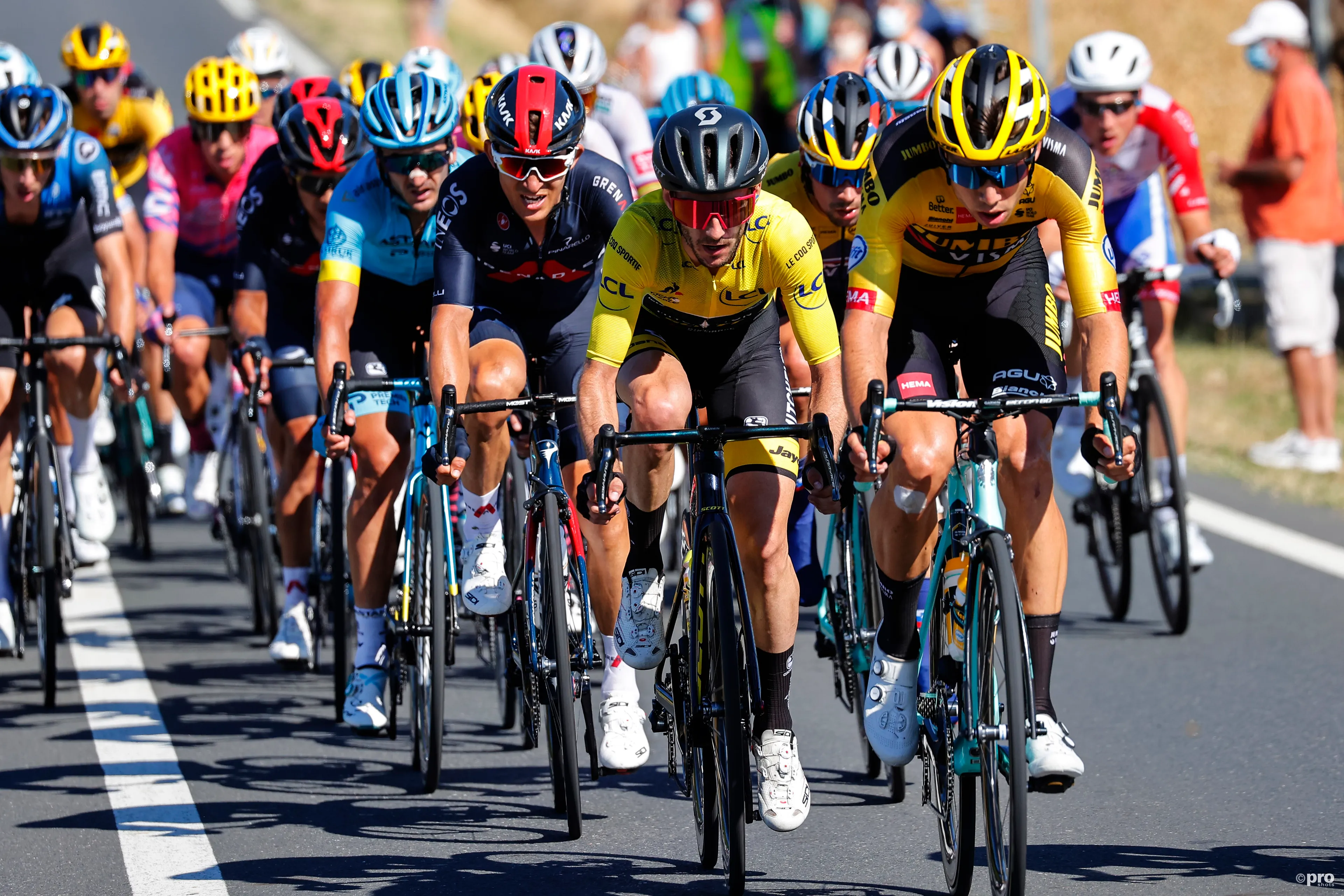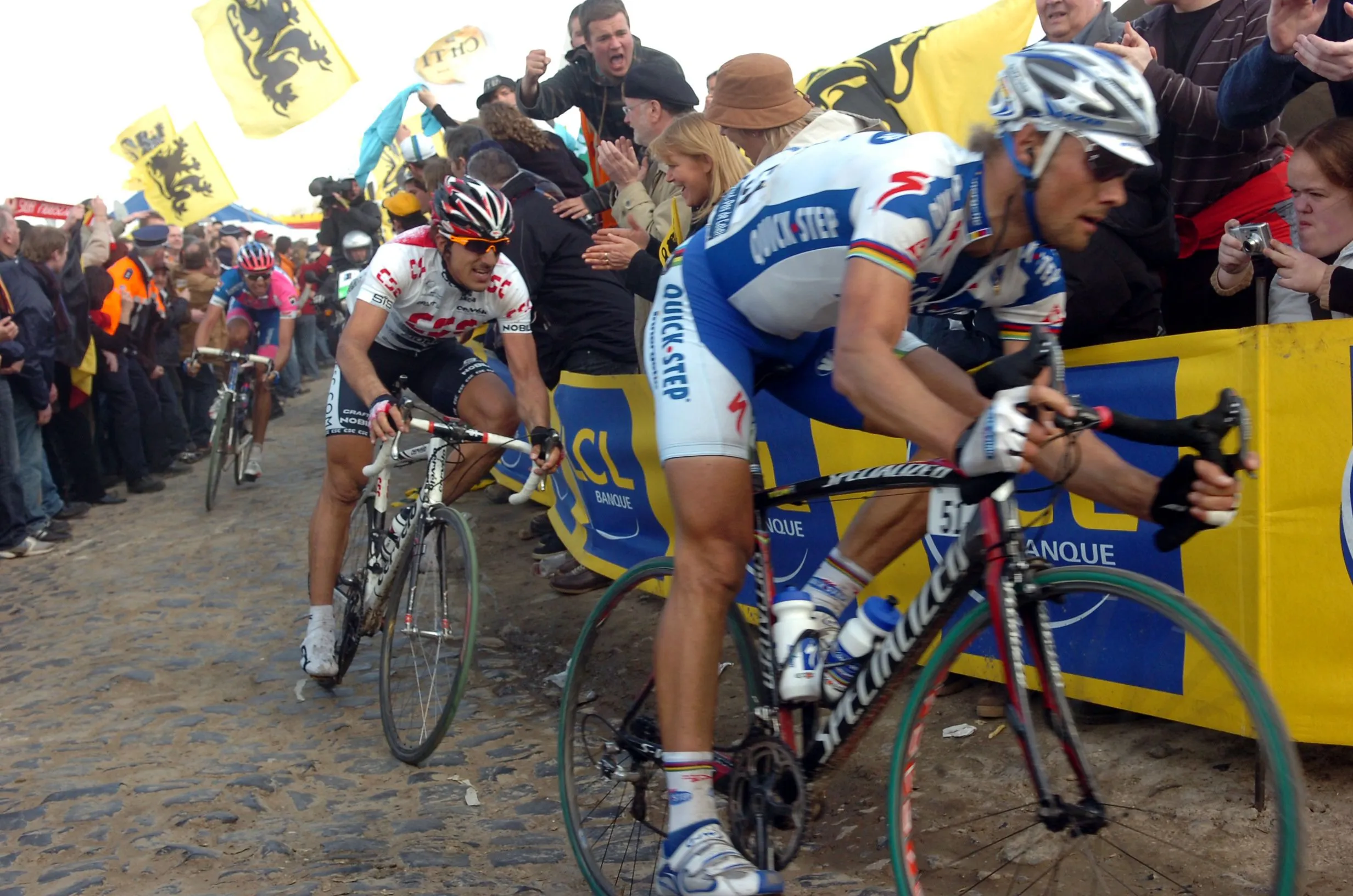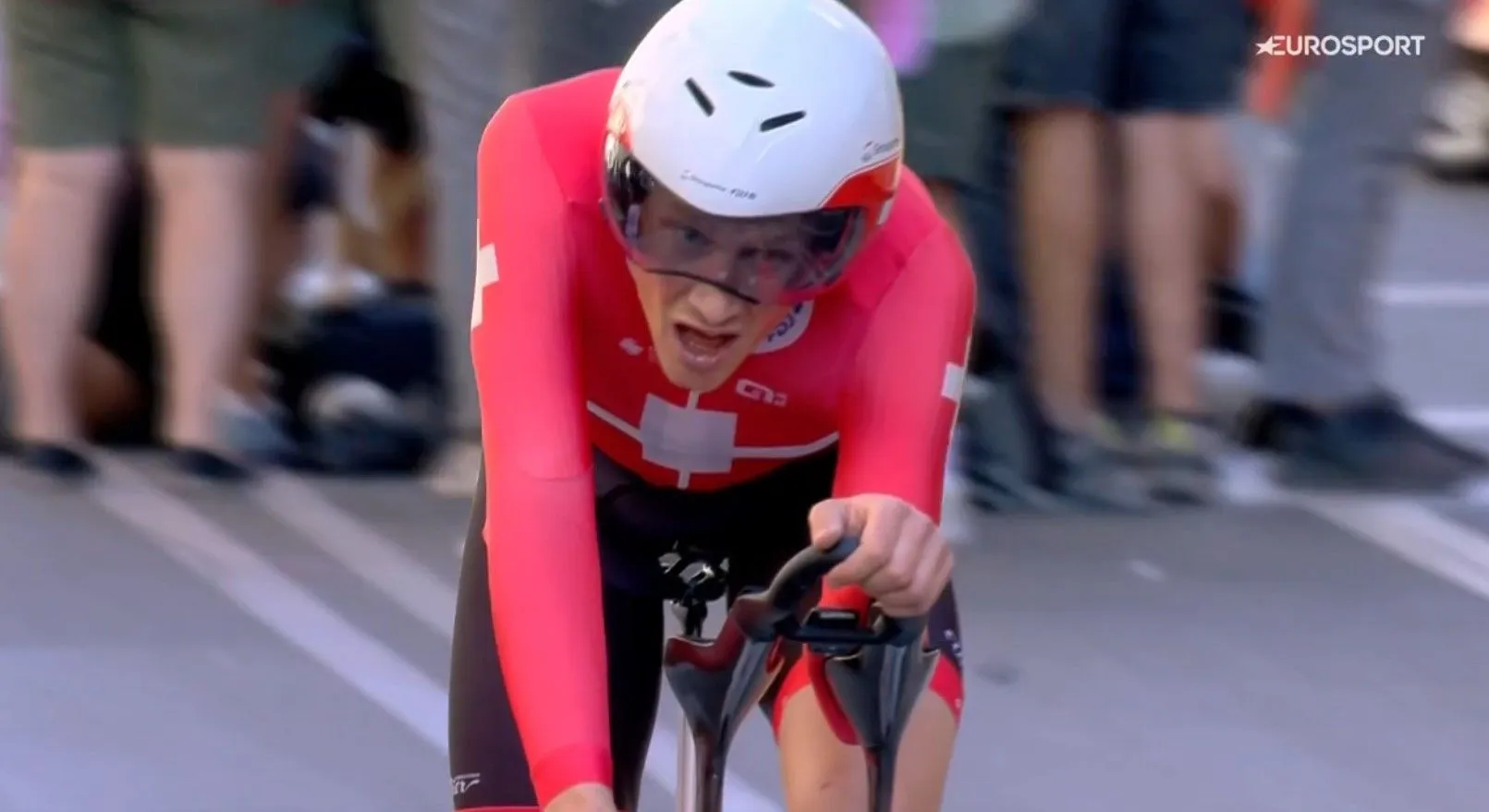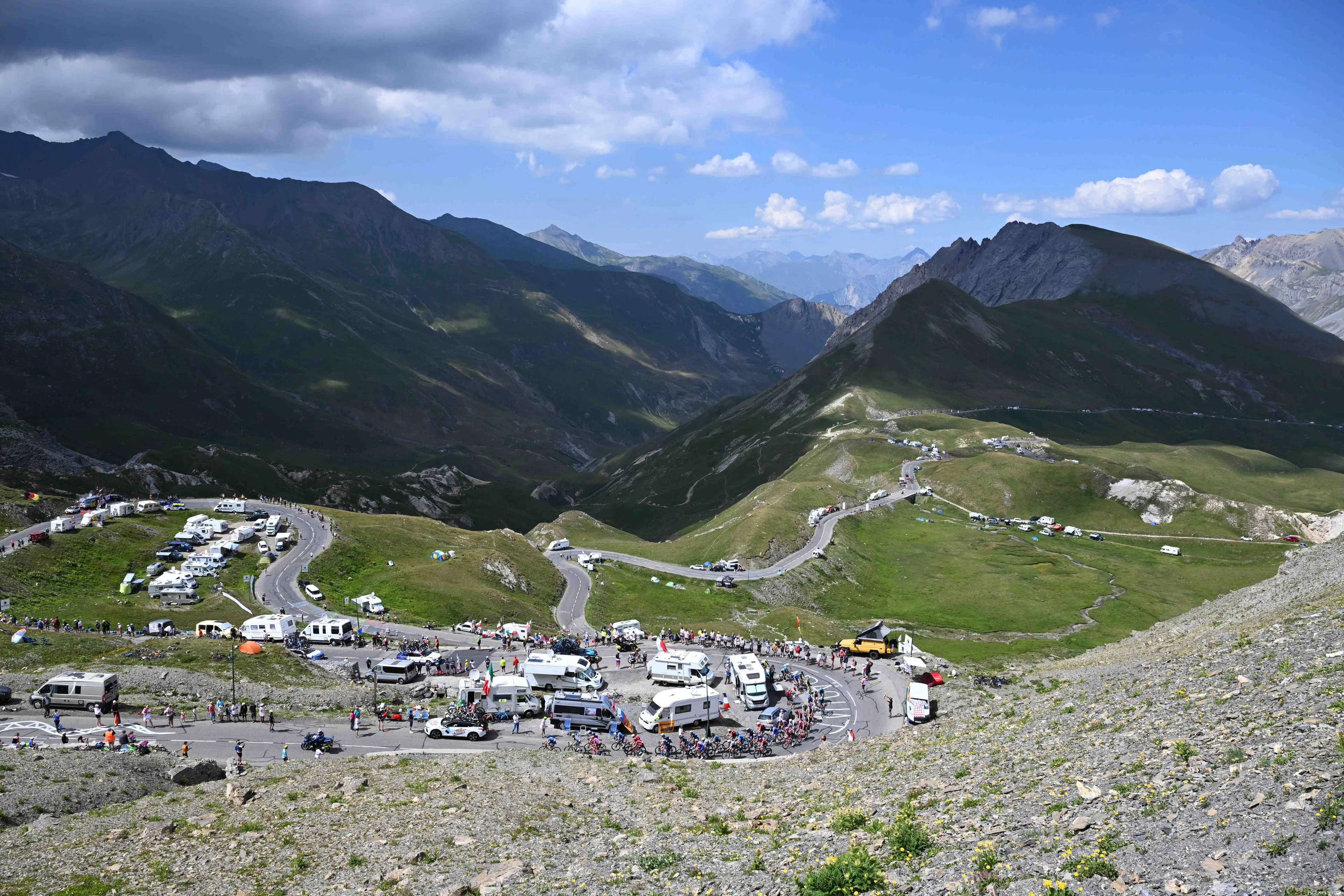
Advertorial: Amid the UAE Tour's drama, attention has shifted to cycling technology, particularly hookless rims, after Thomas De Gendt's crash. Vittoria attributes it to a rock impact, but the CPA, led by Adam Hansen, opposes hookless rims due to safety concerns. This clash mirrors the ongoing debate over the risks and benefits of such technology, shaping discussions on cycling safety.
Similarly, online gaming offers a captivating fusion of entertainment and opportunity. The landscape has evolved remarkably, delivering immersive experiences. Explore platforms with 10 pound deposit casino for easy access to slots and bonuses, injecting thrill into leisure moments akin to lively cycling innovation discussions.
Cycling Safety Debate: De Gendt Incident Sparks Controversy
The cycling community has been embroiled in heated debates surrounding safety standards and design choices following a series of incidents involving cycling equipment. One particularly notable incident involved De Gendt, whose damaged wheel became the centre of attention after a crash during a race, sparking concerns about the safety of certain design elements within cycling rims.
Photos of De Gendt's wheel, which showed the tyre and foam insert completely separated from the wheel, quickly went viral, prompting discussions about the design of cycling rims and the potential risks associated with specific types. Vittoria, the manufacturer, clarified that the crash was a result of hitting a rock rather than any inherent flaw in the rim design or component compatibility.
Rim Safety Debate: Hookless Design Risks Highlighted After Crash
However, the incident reignited conversations about the safety of rim designs. Vittoria confirmed that the cause of the rim failure was indeed the crash. They emphasised that their products undergo rigorous testing and adhere to industry standards, with compatibility being confirmed through various tests and races to ensure safety and reliability.
Adam Hansen, president of the CPA Riders' Union, emerged as a vocal opponent of hookless rims in cycling, citing significant safety concerns. He pointed to the recent incident involving De Gendt's bike, where the tyre detachment led to a crash. Hansen highlighted the potential dangers of hookless rims, explaining that they can exceed recommended pressure limits, leading to tyre detachment and accidents. He also mentioned instances where teams experienced tyres popping off after exposure to sunlight.
Despite manufacturers' preference for hookless rims due to easier production, Hansen stressed the importance of considering the associated risks, advocating for prioritising safety over convenience.
De Gendt's Hookless Rim Incident Raises Safety Concerns
In the wake of Thomas De Gendt's accident during stage 5 of the UAE Tour, questions surrounding the safety of hookless rims in professional cycling have gained prominence. Adam Hansen, president of the CPA (Association of Professional Cyclists), has vehemently opposed this technology, citing significant safety concerns. However, the ongoing discourse on sports safety underscores the significance of adopting advancements that prioritise athlete welfare.
Similar to cycling, where safety protocols evolve to safeguard athletes, free slots no download demonstrate a dedication to improving user experience and accessibility in the digital landscape.
Below is a summary of the incident and the ensuing concerns raised by various stakeholders:
| Cyclist | Incident | Concerns |
| Thomas De Gendt | Fall during stage 5 of the UAE Tour | Tyre dislodgement from wheel and entanglement with fork. Speculation of striking an object leads to detachment. |
| Adam Hansen | President of CPA (Association of Pro Cyclists) | Strong opposition to hookless rims due to safety concerns. Blamed De Gendt's incident on the use of hookless rims. |
| CPA | Safety Concerns | Opposes hookless rims due to instances of tyre detachment. Risks include pressure surges exceeding 73 PSI upon impact, leading to tyre deflation. |
| Manufacturers | Preference for hookless rims | Favour hookless rims for streamlined production and reduced weight. Requires fewer moulds. |
| ETRTO | A mandate for maximum pressure | Mandates a maximum pressure of 73 psi to address safety concerns. |
Final Thoughts
In conclusion, the crash involving Thomas De Gendt at the UAE Tour has sparked debate on the safety of hookless rims in cycling. Despite clarification that the crash was due to hitting a rock, Adam Hansen's opposition to hookless rims remains strong due to concerns about tyre detachment. This incident highlights the ongoing discourse surrounding cycling safety and the need for rigorous testing and standards to protect cyclists on the road.
Just in
Popular news
Latest comments
- A champion turning into a sore loser. Or is he on coke again?
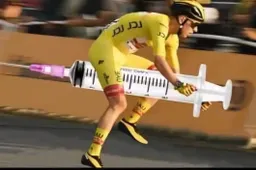 UltimateOpportunist23-12-2024
UltimateOpportunist23-12-2024 - If you look at the major races they’ve both been in, van der Poel had the early edge as lately Pogacar has had the advantage. It’s all on procyclingstats.RidesHills23-12-2024
- I wouldn’t assume Tadej can’t win at cross. He did a cross race, not a World Cup, a few years ago and crushed the field. It was a minor race. But he can win anywhere.mij23-12-2024
- I wonder what would happen if Pogacar attacked on the Cipressa instead of the Poggio in San Remo? Would MvdPoel still be able to follow?Ride197423-12-2024
- Debatable?Ride197423-12-2024
- The point is obvious: MVDP can beat Tadej on CX/Road and Tadej cannot. What is so hard to understand???averagecyclist22-12-2024
- Funny... one doper enabler backing the doper he enabled ! Who would have guessed.frieders322-12-2024
- Wouldn’t be here if I wasn’tMistermaumau22-12-2024
- So you're bored, got itvappaxbipmv22-12-2024
- Does everything need to have a point? If so, 99% of the internet should be wiped away. In relation to recent articles with quotes from other riders, my statement points to the ever more obvious reason why they are asked to comment on the effect of his return.Mistermaumau22-12-2024
